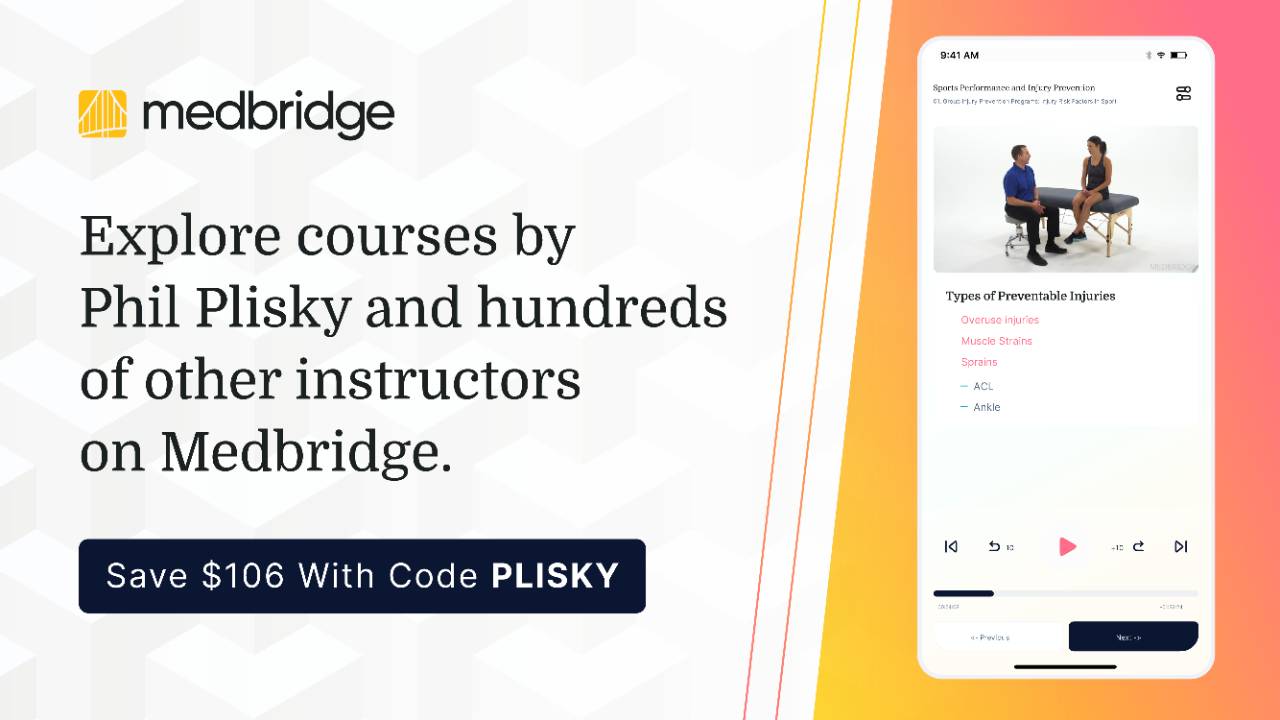Single Leg Heel Raise
One of my favorite tests in early return to sport rehabilitation is the single leg heel raise test. We require the athlete to do 30 of them slow and controlled with full range of motion. This is going to tell me three different things. One, first off, obviously, the strength of the gastroc soleus group, which is an important factor in lower extremity function. The other thing is it's going to give me a perception of their balance over a long period of time while they're self perturbating. So they're giving a self input there that is causing them to be a little bit knocked off balance. And then finally, probably the less thought of way, is it is going to cause a strong gastroc contraction, which will tend to have the knee flex. And when that knee tends to flex, the quad has to overcome that to become straight. So it gives me a little insight in how that person is able to use their quad to keep that knee straight. So why don't you give this test a try?










